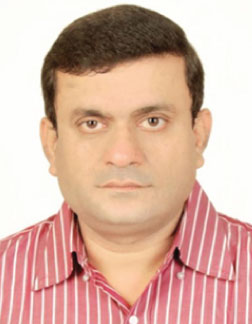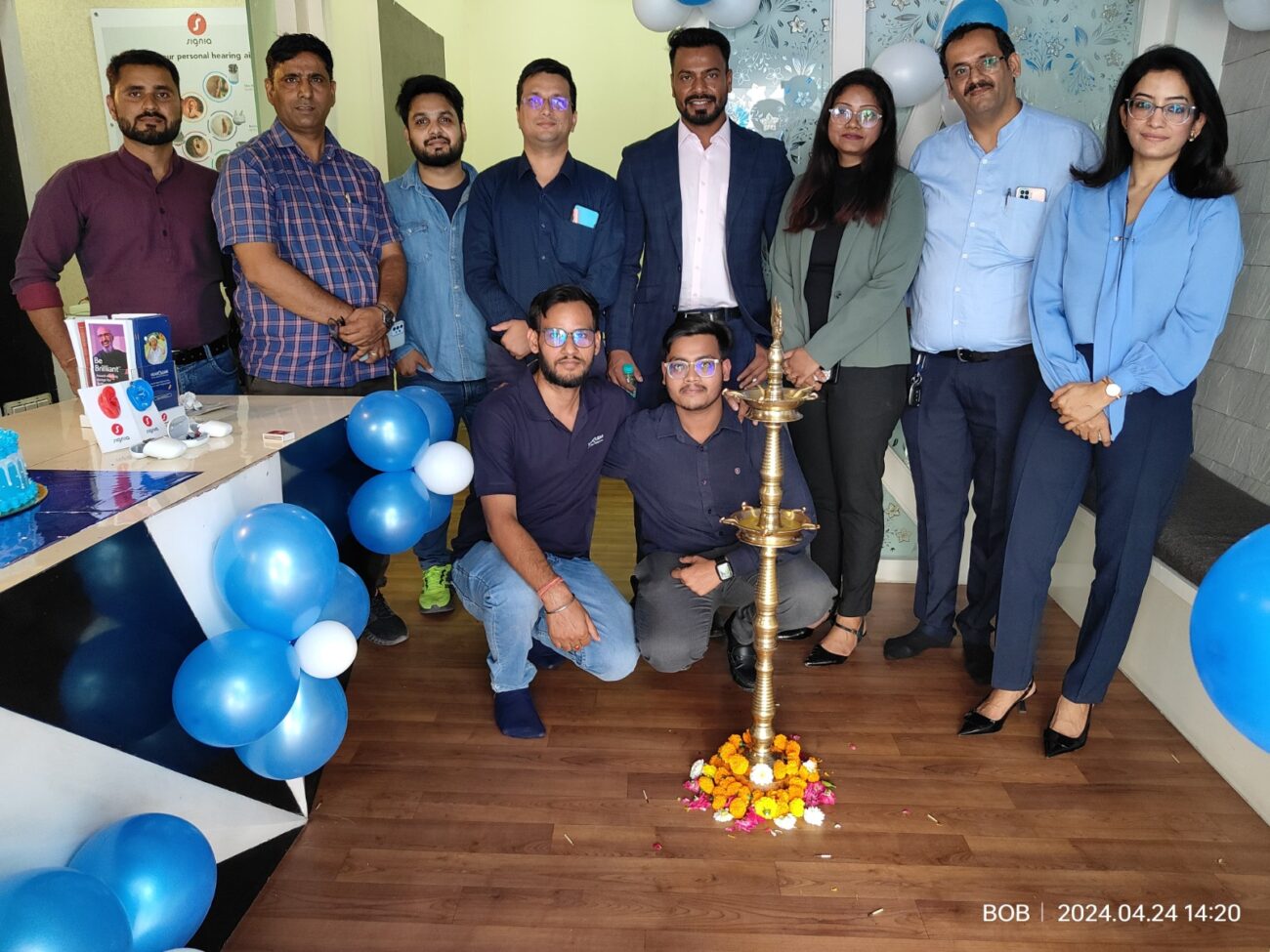Dr Ajay Narang, MD Microbiology Lead Advisor & Mentor Operations – Redcliffe Labs for the occasion of Doctors Day
Healthcare Moving Forward: Challenges and Policy Focus - Dr Ajay Narang, MD Microbiology Lead Advisor & Mentor Operations – Redcliffe Labs The rapid transformation of India's public healthcare system over the last few decades has been not

Healthcare Moving Forward: Challenges and Policy Focus
– Dr Ajay Narang, MD Microbiology Lead Advisor & Mentor Operations – Redcliffe Labs
The rapid transformation of India’s public healthcare system over the last few decades has been not only progressive but also an example for the world’s emerging nations. The healthcare system in India is divided into two parts: urban and rural areas, and both have a considerable difference in terms of treatment, not because of uncommon diseases, but because of different infrastructure and working health professionals, among other systemic issues. Let’s take a look at the issues that the public and private healthcare systems are currently facing:
Inadequate Infrastructure and Fund Allocation
The administration’s financial management gap should be understood and balanced. In India, as far as healthcare is concerned disparity between urban and rural institutions is widely known. Because of a lack of modern, quality healthcare in the public sector, most individuals prefer private treatment, which is out of reach for the majority of the rural population due to poor income and a lack of basic insurance coverage. Private healthcare in India, due to cost factors is a luxury for huge segment of the population. Although expensive medical devices are deployed, essential infrastructure is not so effective and up to the mark in the public healthcare system.
High out-of-pocket expenses remain a major concern
While public hospitals provide free health care, they suffer from there own infrastructure, equipment and staff related problems and are primarily concentrated in urban areas. It is well established that accessible and cheap healthcare in the public sector can significantly reduce reliance on private institutions. However, overall facilities leave little choice but to access private institutions and incur substantial out-of-pocket healthcare costs. As a result, private facilities provide the majority of health services, and patients pay for 65 percent of medical expenses in India out of pocket. Increased adoption of health insurance could be one possible answer to the problem. On this front, both the government and private institutions need toss collaborate. Acceptance of digital insurance processing technologies coupled with the healthcare ecosystem for faster insurance process turnaround time would help encourage health insurance adoption.
Less emphasis on Preventive Care
Preventive care receives little to no attention in India. In terms of suffering or financial losses, preventive care can truly address a lot of difficulties for the patient. The current condition is mostly due to lack of awareness. Proper preventative treatment can help patients save money and minimise the pressure on the country’s limited healthcare infrastructure. Also, access to quality health care, particularly in Tier 2 and 3 cities and towns, is a severe barrier. Healthcare and diagnostic facilities are either not that freely available or inaccessible to the general public and there is less awareness about preventive approach towards health. The need of hour is that industry and government sector must collaborate to raise awareness about the value of preventative healthcare and what it can do for one’s health and wellness, while also ensuring that the message reaches a large audience.
Healthcare made accessible and Promptness in Diagnosis
As the old adage goes, “a stitch in time saves nine.” Following preventive treatment, the next stage is diagnosis, which, if completed on time, can not only help save money but also lives in some circumstances. We frequently hear of cases being diagnosed only at an advanced stage, when there is little that can be done to save the patient’s life. In India, the importance of diagnosis is often questioned. Hence, diagnostic facilities should expand at a rapid pace so that they are available to all segments of society.
The Need for Efficient and Trained Manpower
The need of hour is infusion of increased number of educated medical personnel, which includes doctors, nurses, paramedics, and basic healthcare workers. The situation remains concerning in rural areas, which are home to about 66% of India’s population. The doctor-to-patient ratio needs to be looked upon. Many studies including data from WHO demands increase number of trained personal though solution to this problem is still a long-term process.The problem can be effectively handled by boosting the capacity of existing teaching and training institutions while also opening new ones in the long run.
Proactive healthcare and public health policy
The most recent National Health Policy (NHP) 2017 emphasises the ‘Health for All’ approach to provide affordable healthcare for all. However, the NHP 2017 allows for far more flexibility. Ideally, public health policy should be oriented toward proactive rather than reactive healthcare. According to healthcare analysts, much focus and attention needed on primary healthcare and invest more funds to provide quality and inexpensive services. The Central Government has taken steps such as establishing new medical colleges and hospitals, as well as boosting the number of doctors and paramedics. The Pradhan Mantri Swasthya Suraksha Yojana is working to establish new AIIMS across the country. Also, the government’s Ayushman Bharat scheme, the Pradhan Mantri Jan Arogya Yojana (PM-JAY), the universal health insurance scheme, has received considerable attention.
Therefore, more initiatives need to be taken to build a solid healthcare system across the country. The healthcare industry in India is at a crossroads, and appropriate policy action will be important in defining the sector’s future direction. The industry has significant hurdles as a result of the country’s changing demographics, lack of financial resources and a scarcity of human capital. As the healthcare environment in the country remains tough and distinct from that of Western countries, a more India-centric approach to healthcare technology remains critical for the time being.






